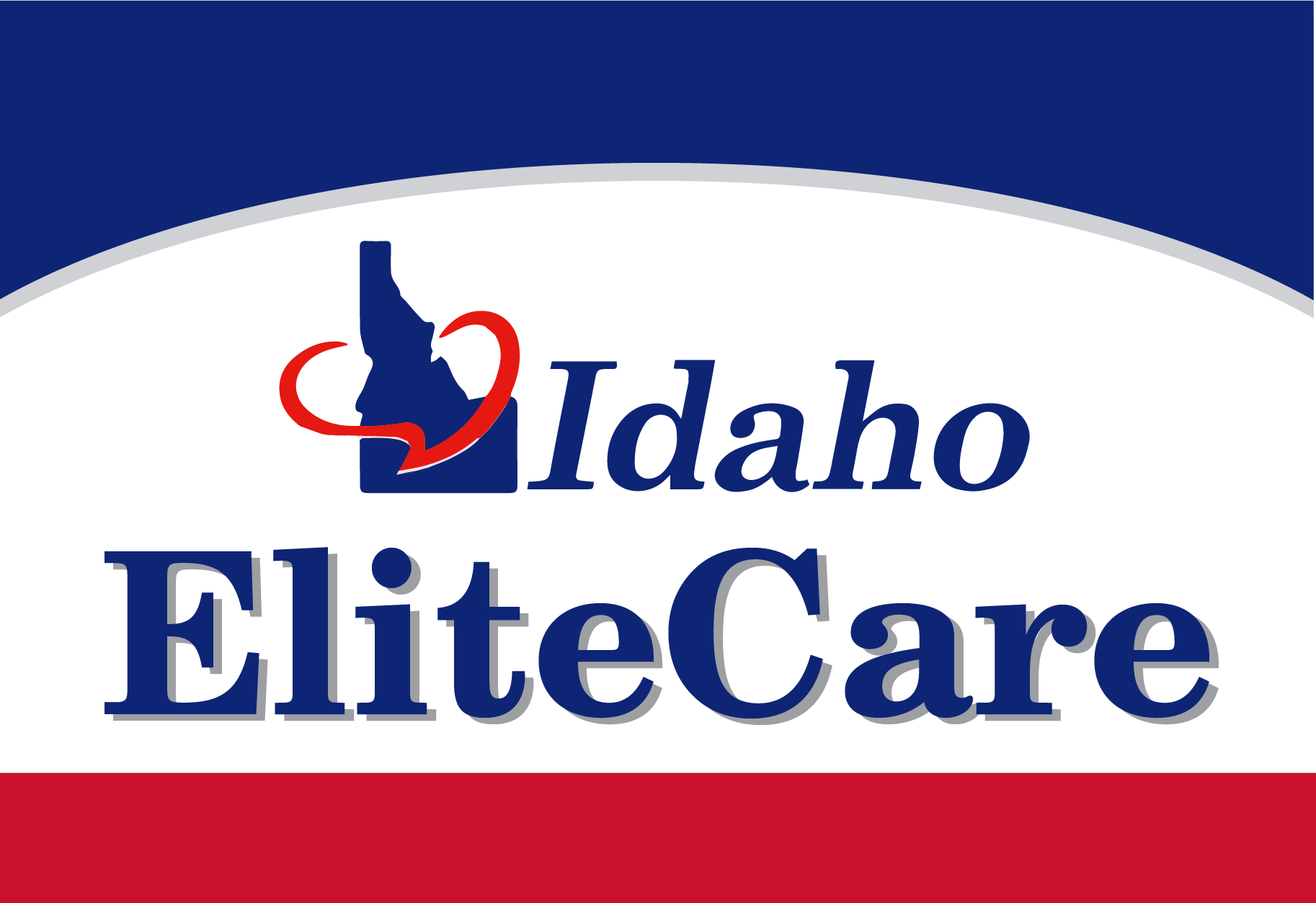By John Ellis
•
19 Dec, 2022
Enrolling in Medicare is process in itself. Most people will learn A LOT in the 1-3 month enrollment process. Before enrollment, most people are just aware that Medicare is something you get when you turn 65. As you go through the enrollment process, you learn about the coverage types, plans, and your options. Probably the most important thing you will figure out is how much the coverage you want/need will cost you. An unfortunate misconception that some people have is that Medicare is free. While some people will pay less (and others more), for most people Medicare will be an expense they will have to budget for. Depending on the coverage you have, you may have to pay for premiums, deductibles, and copayments among other things. Again, it is important to know that what you will pay depends on your own situation. Just because your friend may be paying a certain amount for coverage, your costs aren’t necessarily going to be the same. The good news is, that there are options for you to get help with your costs. Continue reading below to learn about ways to help with Medicare Costs. How Medicaid Works in Pennsylvania Medicaid is another word people approaching Medicare may have heard, but are not familiar with. Medicaid is actually a government program. For people who qualify, Medicaid helps with healthcare and medical costs for people. Sometimes, extra benefits can be included as well. Usually, people who qualify for Medicaid have a lower income. So how can Medicare help with your costs? First, you must actually learn if you qualify. If you do qualify, then you can apply for Medicaid. We are happy to help you figure out if Medicaid is something you qualify for – please don’t hesitate to fill out the form above to let us know you need help. If your income is higher, that doesn’t mean you don’t qualify for Medicaid. It is always important to check, as you could be missing out on savings by not looking into to Medicaid for yourself. Basically, this process mainly involves subtracting your medical expenses from your income. Once your income reaches a certain level, you can become eligible for Medicaid. Again, we are happy to help determine if you can apply for Medicaid. What is the Medicare Savings Program? In some situations, people can get help with their Medicare premiums. There are a handful of Medicare Savings Programs. KEYWAVE DIGITAL can help you determine which ones you qualify for and how to access them. Each of these programs has their own conditions for qualifying. These conditions depend on your income levels, whether or not you are married, and even where you live. Another important thing to know is that these programs differ in what they pay for. Some pay for both Part A and Part B Premiums, while others may only pay for Part A or Part B only. The key takeaway is that even if you think you do not qualify for help, it is always worth looking in to. Finding out you could have been saving an extra $150 every month is not pleasant! If you need help determining what programs you qualify for, simply fill out the form above and we will personally reach out to learn about you and your needs. Programs for All-Inclusive Care for the Elderly (PACE) PACE is a government program, like Medicare and Medicaid, that helps people with their coverage and healthcare requirements. However, PACE helps people without the need for them to go to a care facility. PACE programs provide you with healthcare services in your home, and also at local centers. Usually, the PACE organization will have it’s own network of providers that take care of the people enrolled in the program. In order to qualify for PACE, you first need to be 55 years of age or older. Importantly, you must also live in the area of coverage for the particular program. These programs are mainly for people who would otherwise need to be in a nursing home. As a result, another requirement for PACE is that you would need a level of care on par with a assisted living facility. The final requirement is that you would be able to live safely outside of a care facility with the help of the PACE program. PACE covers nearly all of your potential healthcare requirements. These include, but are not limited to, dentistry, home care, lab services, physical therapy, and prescription drugs. This is not a comprehensive list. To see if you are eligible for PACE, we can sit down and search for PACE programs available in your area. After that, we can determine if you are eligible or if there may be better options for you. So how much does PACE cost? There is no one-size-fits-all answer. The cost depends on whether you are enrolled in Medicare or Medicaid (or both), as well as a few other factors. If you aren’t sure, never hesitate to reach out to us to get your questions answered. You Have Options for Medicare Help All in all, these are just a handful of the ways you can get help with your Medicare costs. The common thread for any program that helps with Medicare costs is that these programs depend on mainly your income, as well as a few other factors. However, that isn’t to say that just because you have a decent income, you don’t qualify for help. If you are unsure, it is always a great idea to ask someone familiar with the ins-and-outs of Medicare. That way, you can be sure you are getting the most out your coverage and not paying any extra. As always, I hope that this article helped you. And if you think it could help someone you know, please share this article. I am always here to answer questions you have about Medicare.










